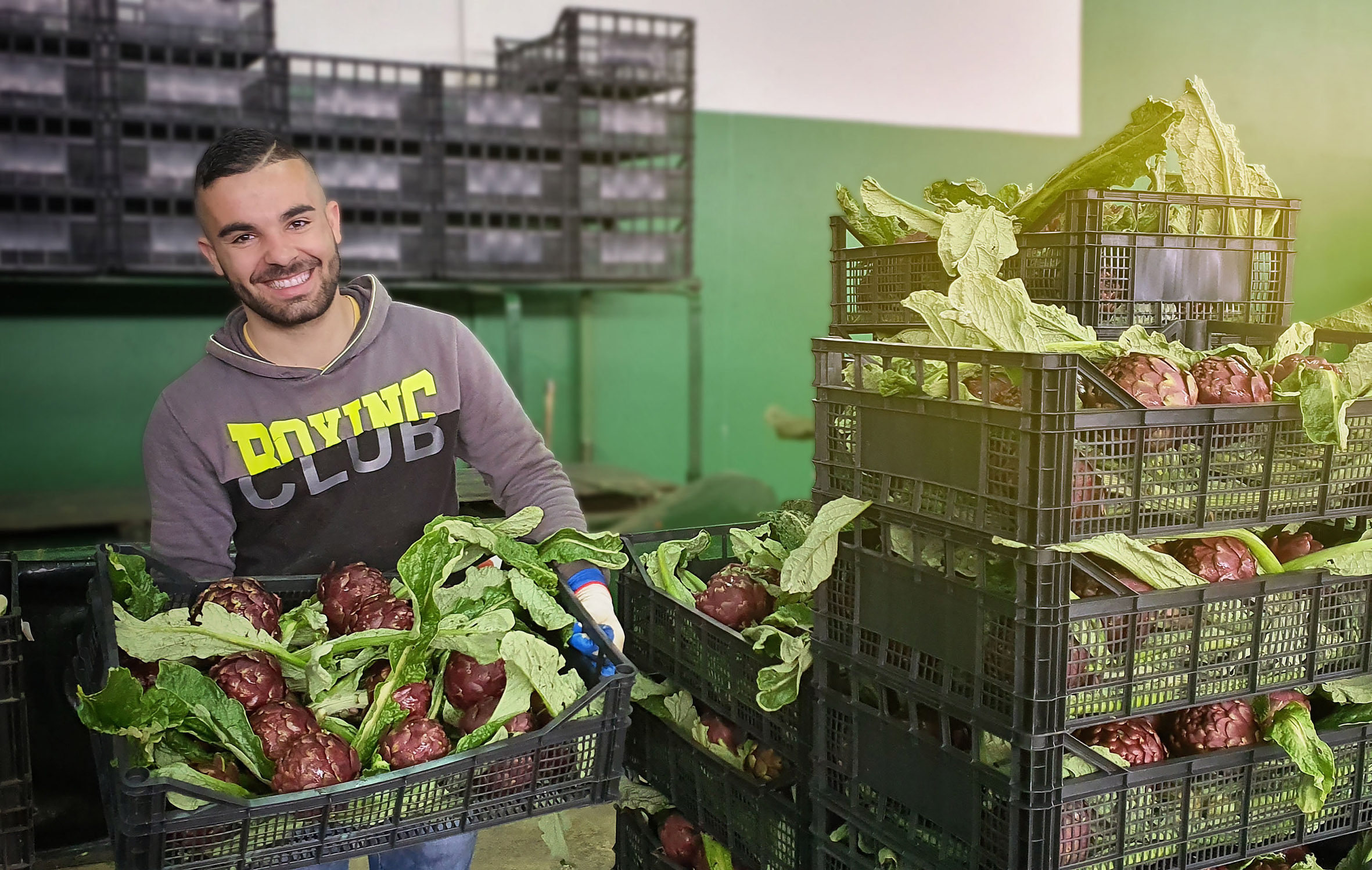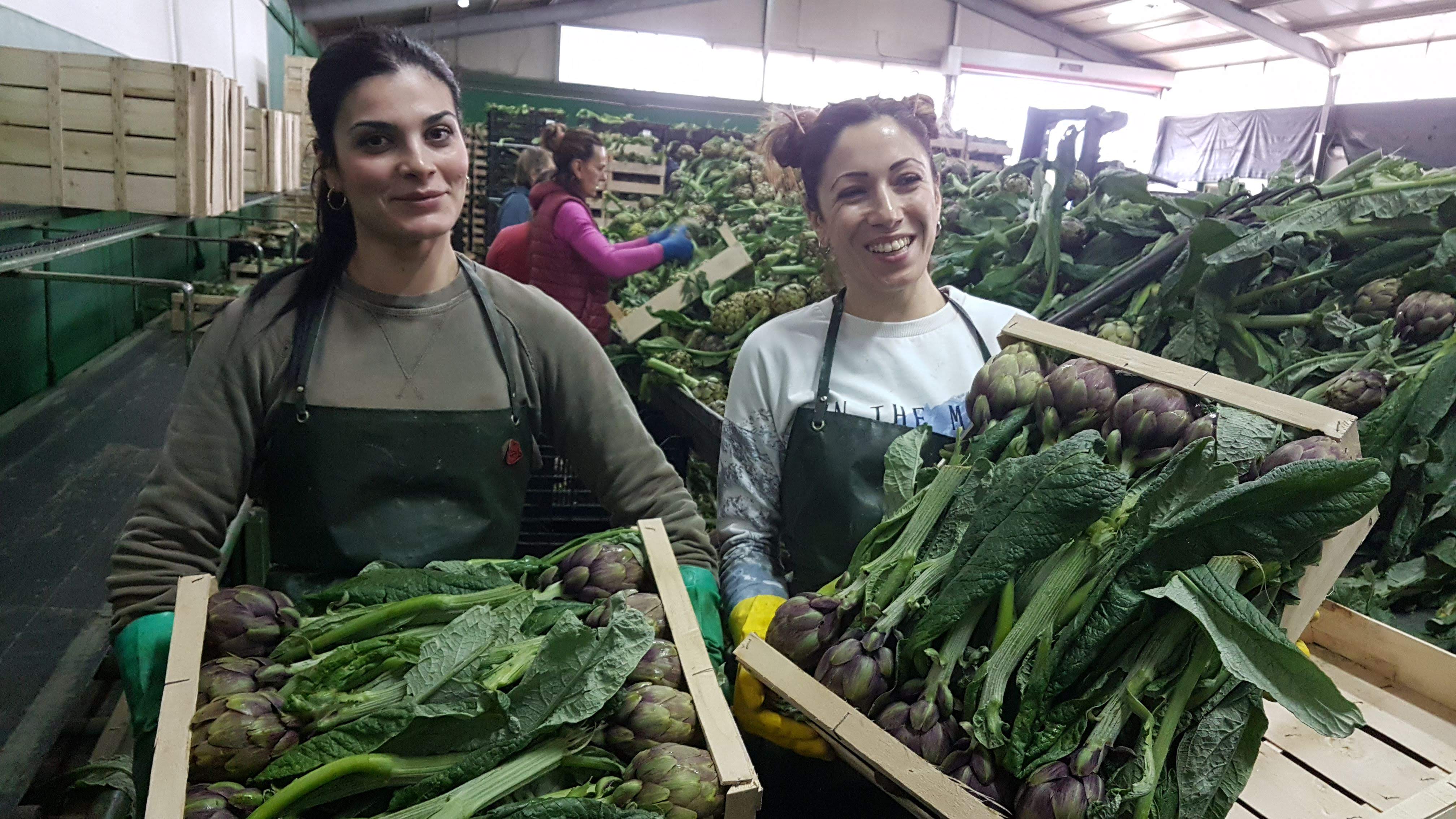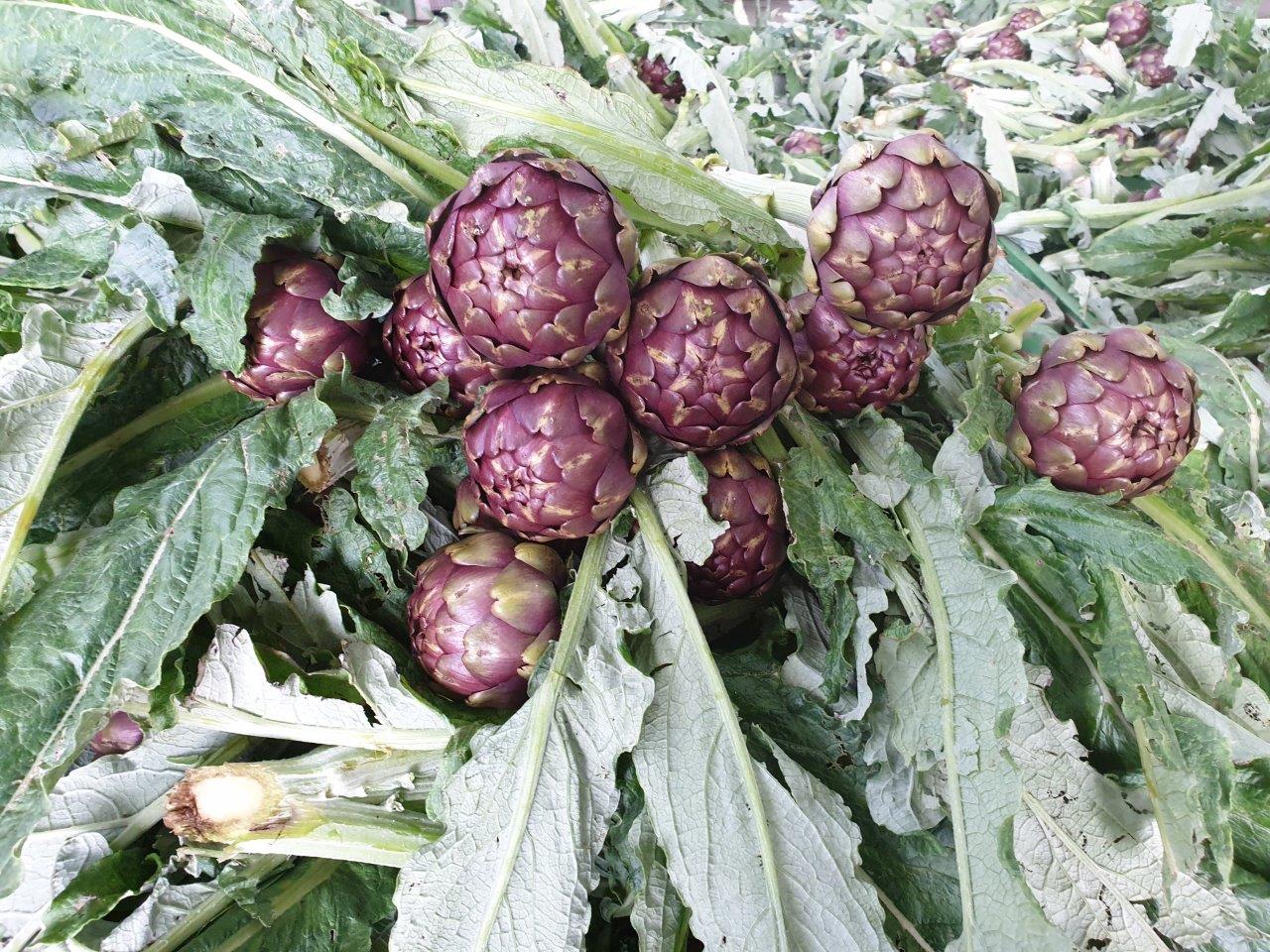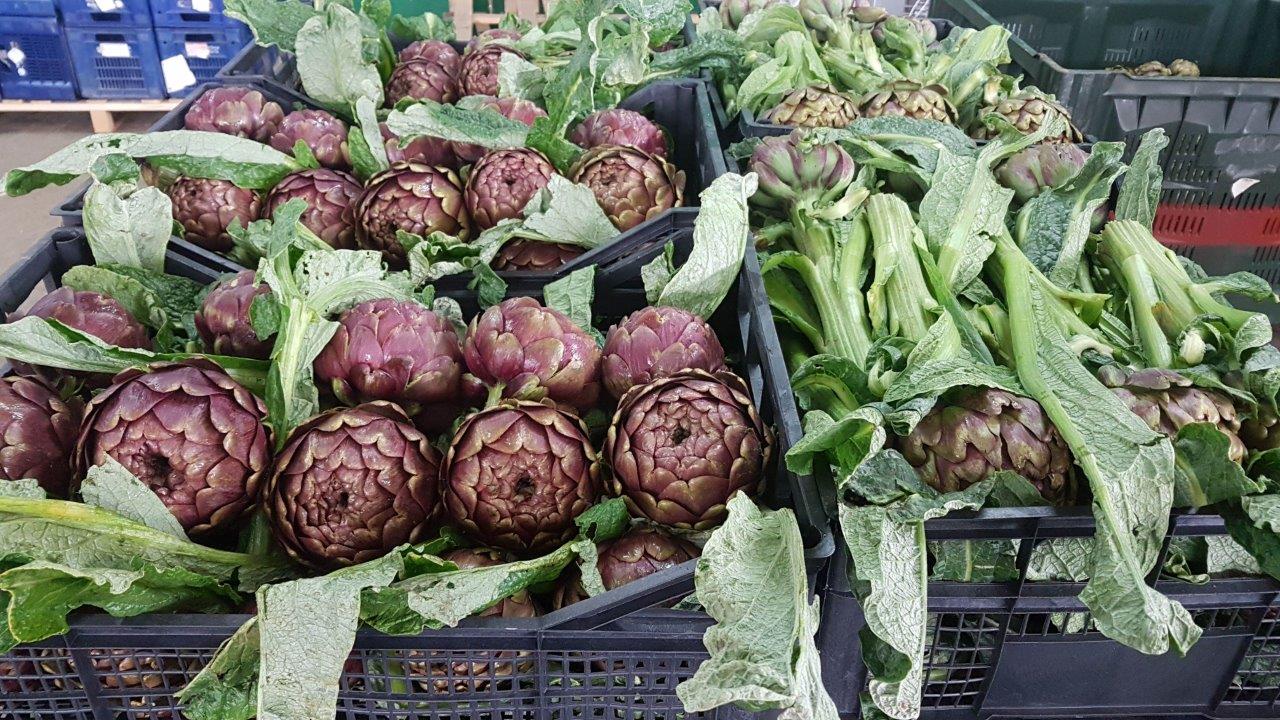- About us
- Company details
We are specialized in the cultivation of Sardinian violet artichoke, and we have joined over the years other 5 varieties: the romanesco, the Apollo, the Life, the Theme and the Ares.
In addition to artichokes, in the 100 hectares of our property we also grow the winter melon and watermelon without seeds, but also fodder, wheat, straw and alfalfa that we sell to breeders throughout the island.
We also sell asparagus, both wild and cultivated, thanks to a consolidated collaboration with local producers.
Click below to find out the varieties grown for each product and their characteristics and property.
Year of establishment:
1997
Number of employees:
FROM 20 TO 49 EMPLOYEES
Annual turnover:
between 0.5 and 2.5 million Euro
Reference year of turnover:
2019
Export turnover:
0
Activities:
Growing of cereals, other than rice, leguminous crops and oil seeds
Growing of vegetables and melons, roots and tubers
Growing of perennial crops
Processing and preserving of fruit and vegetables
- Contact Information
- Business Proposals
Company:
SOC. SEMPLICE AGRICOLA F.LLI PIRAS di Ignazio, Bruno & Paolo
Web site:
Address:
VIA G.M. ANGIOY 11
City:
SAMASSI (SU)
Zip Code:
09030
E-commerce:
Tag:
No business proposals uploaded
- Map
ROMANESQUE ARTICHOKE

It is a globe-shaped artichoke, practically without thorns. As you can easily guess from the name, it is a variety originally from Lazio, but now widely cultivated also in Sardinia and then sold throughout Italy. The Romanesque artichokes produced by our company are characterised by the colour of the leaves, tending to light purple as in the of violet artichoke. It is suitable for all uses and it has a good resistance in cooking.
Web site
https://fratellipiras.it/
VIOLET ARTICHOKE

The violet artichoke is characterized by a cylindrical shape and by the presence of short thorns. The name derives from the colour of the leaves (also called bracts, scientific name of the leaves that protect the petals of the flowers) that degrades from the soft violet of the base to an dark green near the thorns, not particularly pronounced. It is a very popular variety throughout the national territory and in particular in central Italy. It is undoubtedly our top artichoke: year after year we have selected the best plants to guarantee a production of the highest level, both in terms of quantity and especially of quality.
Web site
https://fratellipiras.it
ARES ARTICHOKE: NEW

ARES is an absolute novelty of 2018. It is a variety selected in the Vitroplant nursery, that we have chosen and started cultivating just this year. Its characteristics are very similar to those of the Roman artichoke, in terms of form of colour and size. However, Ares has a greater resistance to cold temperatures and it keeps its characteristics intact even in case of snow and frost. Harvest Ares is cultivated a few weeks before the Romanesque, and it is collected equally in advance, between 8 and 15 days before. Pairings Being a variant of the Roman, the uses are very similar: Ares gives the best of itself stew, even whole and stuffed. A little tip: like all artichokes, even Ares should be consumed as fresh as possible. After the harvest, in fact, the outer leaves tend to turn yellow and the taste changes, losing sweetness.
Web site
https://fratellipiras.it/
APOLLO ARTICHOKE

It is an early variety of the Roman artichoke, large or medium-sized and high productivity. It has a good resistance to low temperatures, too, but, contrary to other varieties, it ripens even at milder temperatures. It has a globe shape, similar to the Roman, and the leaves form a hollow on the summit. The colour is dark purple, with green streaks when the artichoke is ready to be collected.


